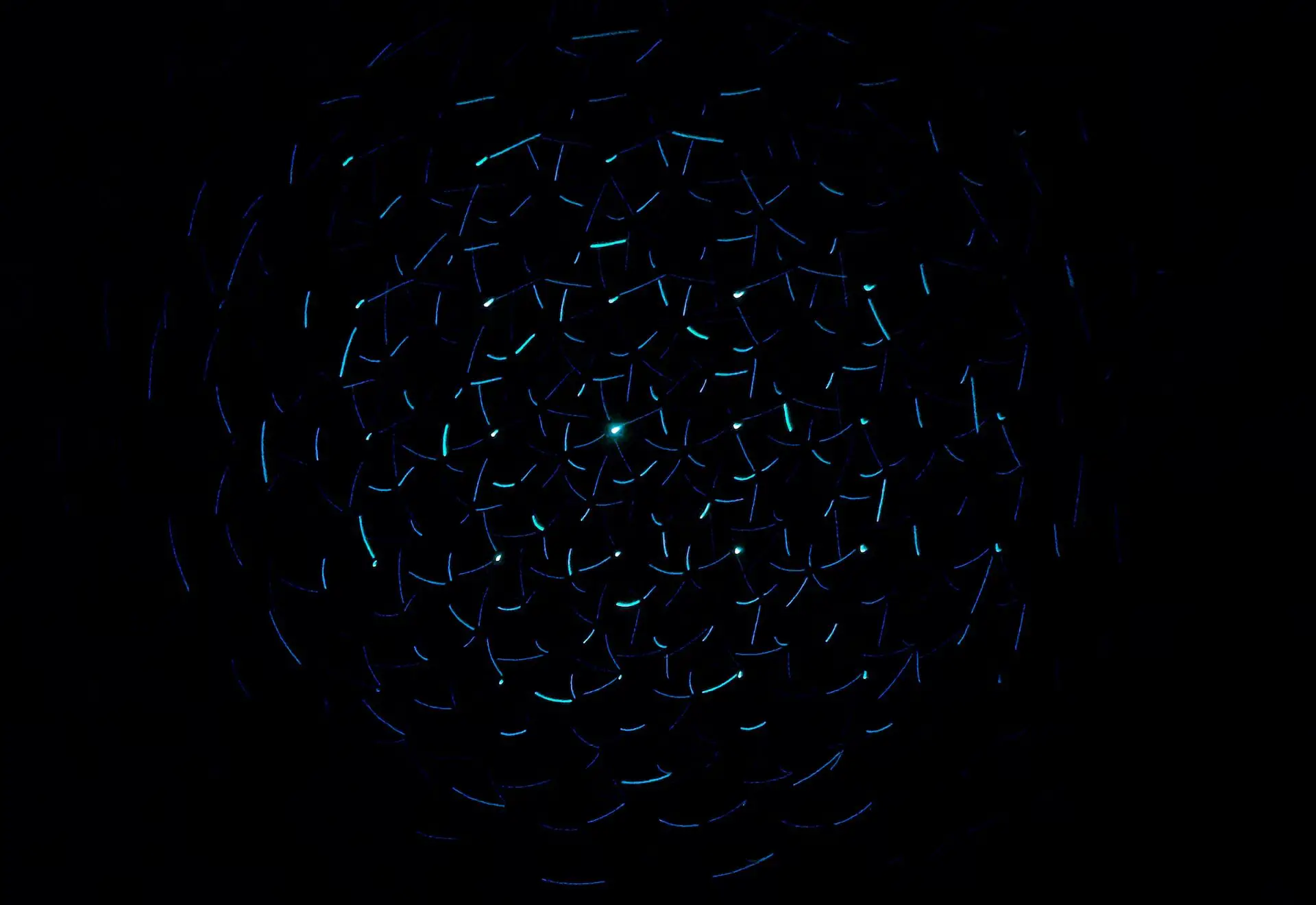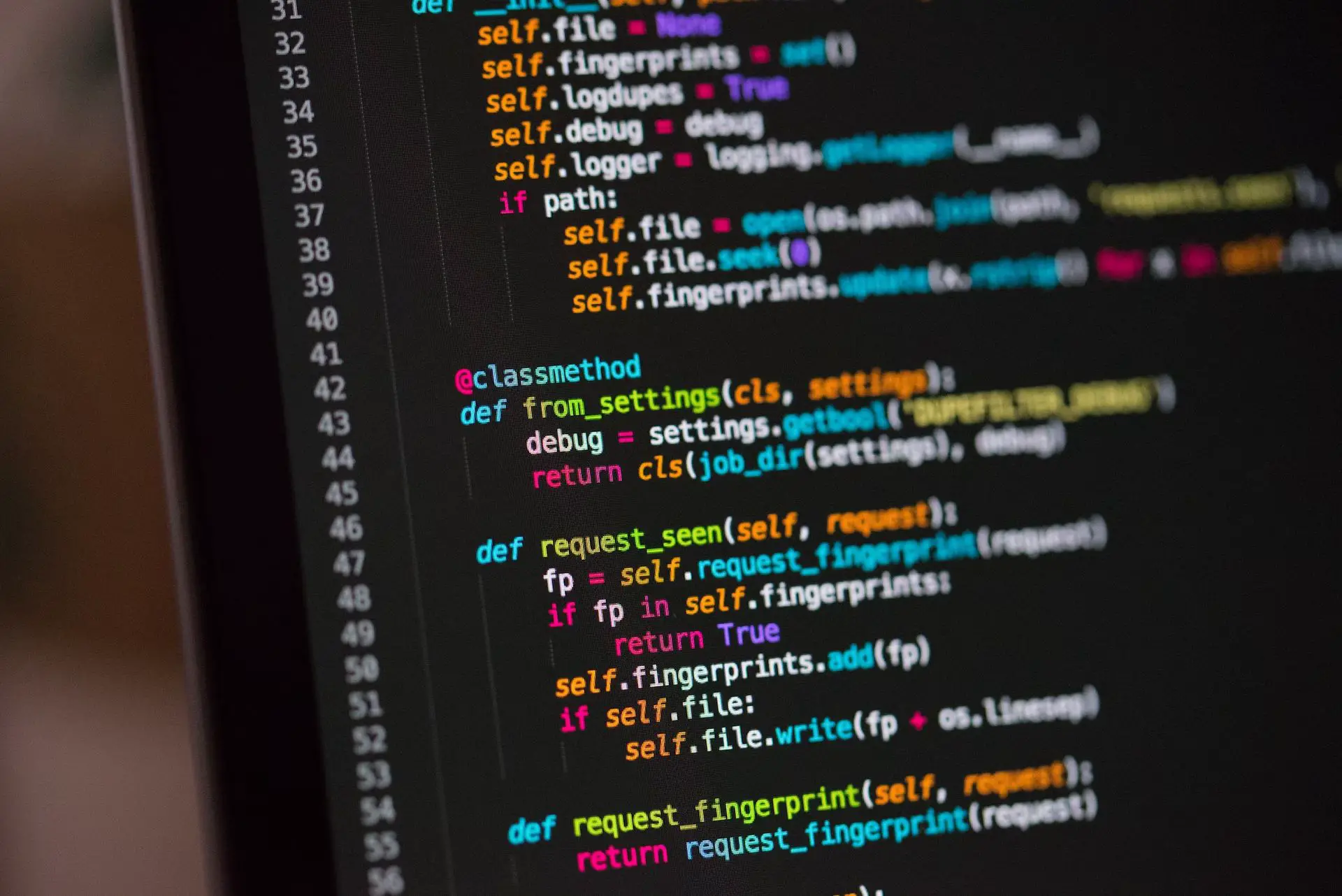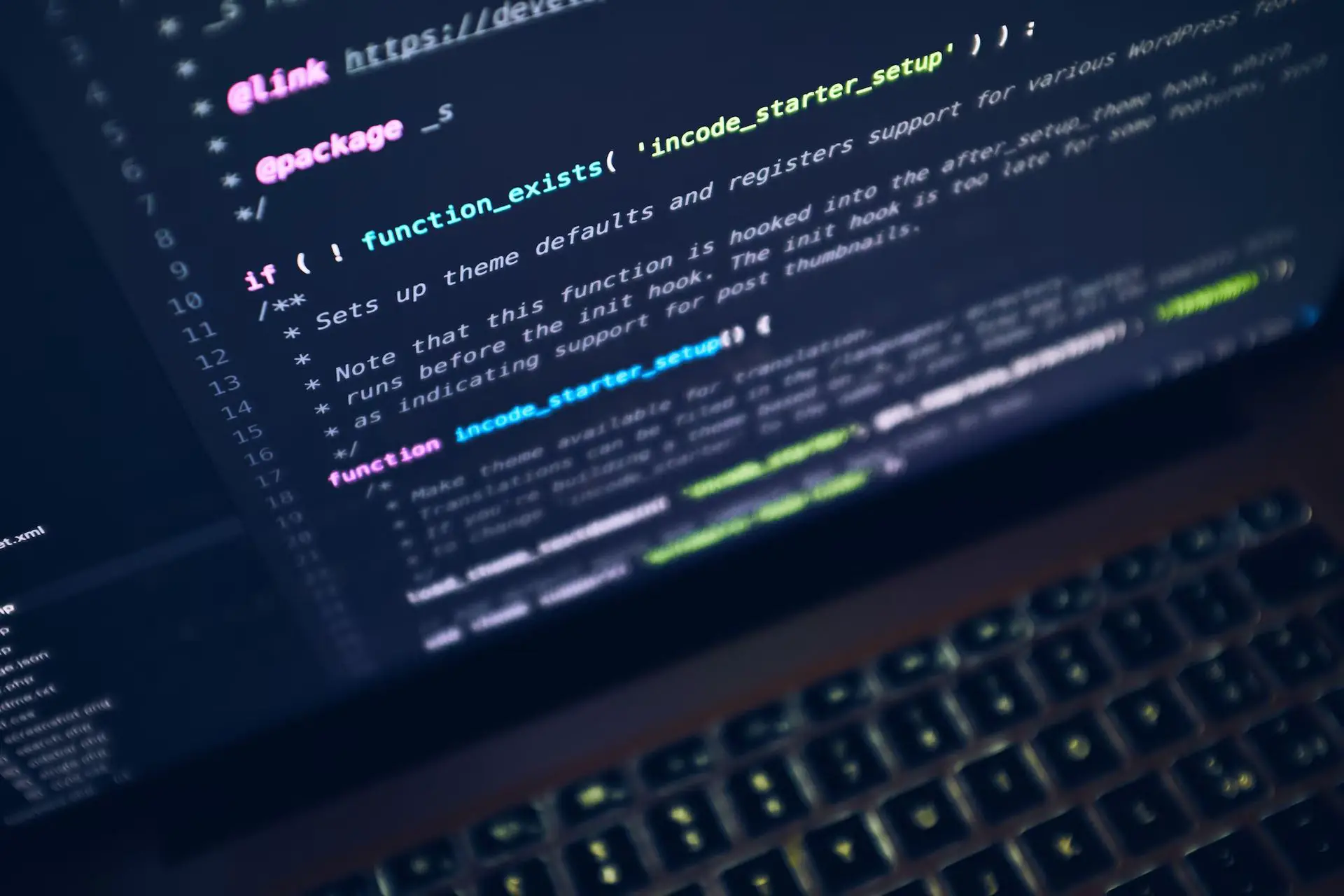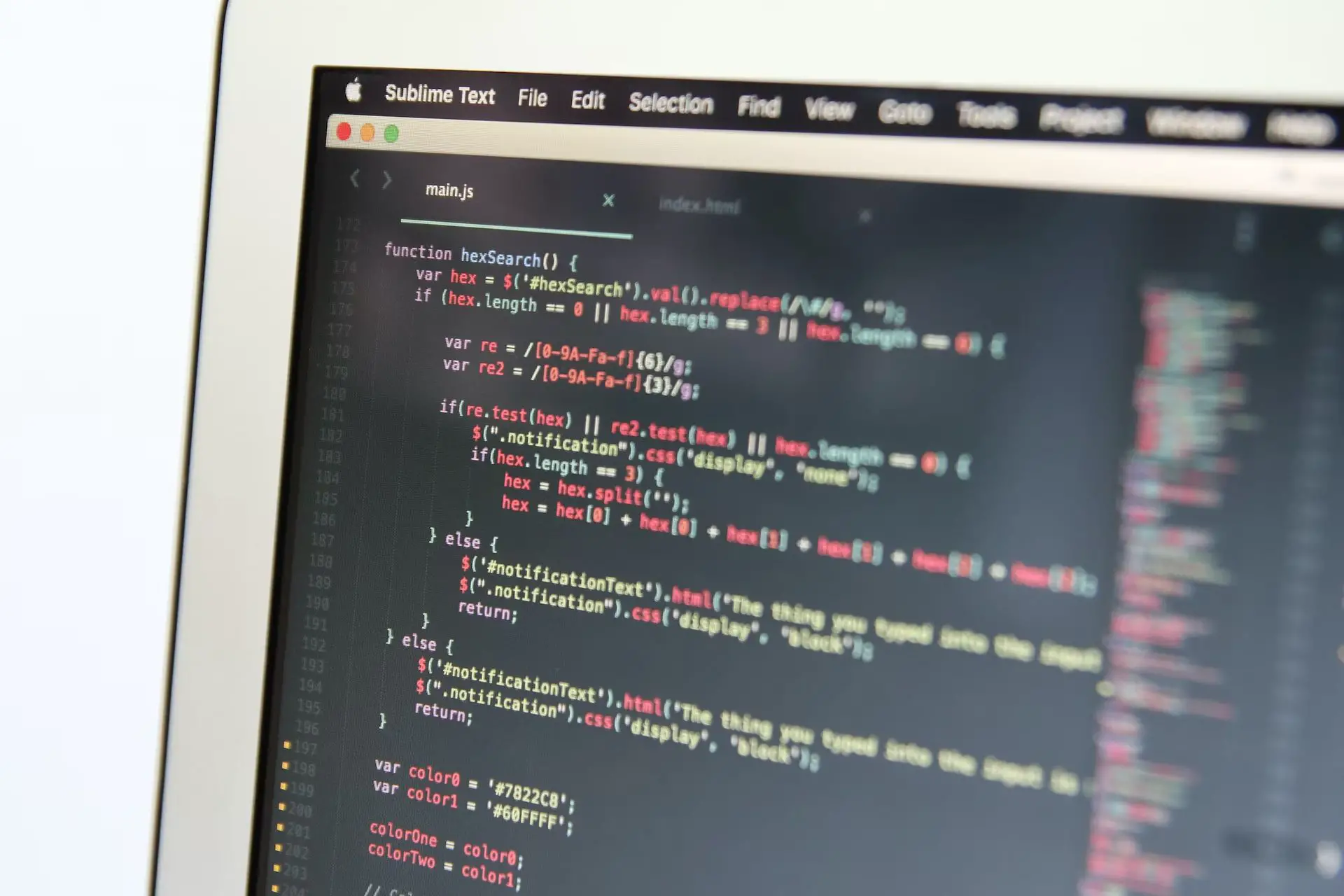Deep learning models have emerged as a powerful tool in the field of ML, enabling computers to learn from vast amounts of data and make decisions based on that learning. In this article, we will explore the importance of deep learning models and their applications in various fields.
Artificial intelligence (AI) and machine learning (ML) have become increasingly important in today’s world due to the growth of digitization and the explosion of data available. With this growth comes the need for more advanced algorithms and models to process and analyze this data.
What are deep learning models?
Deep learning models are types of artificial neural networks that have revolutionized the field of machine learning. These models use a layered approach to learn from large amounts of data and improve their accuracy over time. At their core, deep learning models are based on the structure and function of the human brain, which allows them to process information and make predictions in a way that is similar to humans.
One of the key advantages of deep learning models is their ability to work with unstructured data, such as images, audio, and text. This has enabled significant advancements in areas such as computer vision, speech recognition, natural language processing, and more.
Understanding neural networks
Neural networks are the foundation of deep learning models. These networks are composed of interconnected nodes or “neurons” that process information and make predictions based on that information. In a neural network, the input layer receives data and passes it through a series of hidden layers before producing an output.
The process of training a neural network involves adjusting the weights and biases of the neurons to minimize the difference between the predicted output and the actual output. This is done using a process called backpropagation, which involves iteratively updating the weights and biases based on the error between the predicted output and the actual output.
Neural networks can be used for a variety of tasks, including image classification, object detection, speech recognition, and more. Deep learning models build on this foundation by using multiple layers of neurons to learn more complex features and relationships in the data.

How do deep learning models work?
Deep learning models are based on the principles of neural networks and are capable of learning and making predictions from large amounts of data. These models use a hierarchical approach to process information, where each layer of neurons is responsible for detecting and extracting increasingly complex features from the input data.
Here’s a step-by-step breakdown of how deep learning models work:
- Input layer: The input layer receives the data in its raw form, such as images, audio, or text.
- Hidden layers: The hidden layers are responsible for processing the data and extracting features. Each layer builds upon the previous layer to detect more complex patterns and relationships in the data.
- Output layer: The output layer produces the final result, such as a classification label or a prediction.
- Training: The deep learning model is trained on a large dataset to learn the underlying patterns and relationships in the data. During training, the model adjusts its parameters and weights to minimize the error between its predicted output and the actual output.
- Testing: Once the deep learning model has been trained, it can be tested on new data to evaluate its accuracy and performance.
- Fine-tuning: Fine-tuning involves tweaking the parameters of a pre-trained deep learning model to improve its performance on a specific task or dataset.
Deep learning models have been used in a wide range of applications, including image and speech recognition, natural language processing, and autonomous driving. As these models continue to evolve, we can expect to see even more sophisticated applications of deep learning in the future.
Key takeaways:
- Deep learning models can recognize and interpret human speech with greater accuracy than ever before.
- Deep learning models have enabled machines to autonomously identify and classify objects in real-time.
- With deep learning models, computers can learn and understand natural language, making it easier for humans to communicate with machines.
- Deep learning models are increasingly being used in medical research, from identifying potential drug candidates to analyzing medical images.
- Autonomous vehicles are being developed using deep learning models to enable them to navigate roads and traffic on their own.
How many deep learning models are there?
There are many deep learning models available, and new models are being developed all the time. In this article, we have covered 13 of the most popular deep learning models that are widely used in the industry today.
Deep learning models list
- Convolutional Neural Networks (CNNs)
- Long Short Term Memory Networks (LSTMs)
- Restricted Boltzmann Machines (RBMs)
- Autoencoders
- Generative Adversarial Networks (GANs)
- Residual Neural Networks (ResNets)
- Recurrent Neural Networks (RNNs)
- Self Organizing Maps (SOMs)
- Deep Belief Networks (DBNs)
- Multilayer Perceptrons (MLPs)
- Transfer learning models
- Radial Basis Function Networks (RBFNs)
- Inception Networks
Convolutional Neural Networks (CNNs)
Convolutional Neural Networks (CNNs) are a types of deep neural networks that are commonly used for image recognition tasks. They work by learning to recognize patterns in images through a series of convolutional layers, pooling layers, and fully connected layers.
How do CNNs work?
- Convolutional layers: The first layer of a CNN applies filters to the input image to extract features such as edges, corners, and other visual patterns.
- Activation function: After applying the filters, an activation function is used to introduce non-linearity into the output of the convolutional layer.
- Pooling layers: The output of the convolutional layer is then passed through a pooling layer that reduces the dimensionality of the output while retaining important information. This helps to make the model more robust to small changes in the input image.
- Fully connected layers: The final layer of the CNN is a fully connected layer that takes the output of the convolutional and pooling layers and produces the final classification output.
Long Short Term Memory Networks (LSTMs)
Long Short Term Memory Networks (LSTMs) are a type of recurrent neural network (RNN) that are commonly used for natural language processing and speech recognition tasks. They are designed to address the problem of vanishing gradients that can occur in traditional RNNs.
How do LSTMs work?
- Memory cells: LSTMs contain memory cells that allow the model to store and access information over time. The memory cells are designed to allow the model to remember important information from the past while discarding irrelevant information.
- Gates: LSTMs use gates to control the flow of information through the memory cells. The gates are composed of sigmoid activation functions that determine how much information is stored or discarded at each time step.
- Input gate: The input gate controls how much new information is added to the memory cells at each time step.
- Forget gate: The forget gate controls how much information from the previous time step is discarded.
- Output gate: The output gate controls how much information is output from the memory cells at each time step.
By using memory cells and gates, LSTMs are able to maintain a long-term memory of past inputs and make predictions based on that memory. This makes them well-suited for tasks where the input data has a temporal or sequential structure.
Restricted Boltzmann Machines (RBMs)
Restricted Boltzmann Machines (RBMs) are a type of generative stochastic artificial neural network that can learn a probability distribution over its inputs. They can be used for a variety of tasks, including collaborative filtering, dimensionality reduction, and feature learning.
How do RBMs work?
- Visible units: RBMs consist of two layers of units: visible units and hidden units. The visible units represent the input data, while the hidden units are used to learn a representation of the input data.
- Connections: Each visible unit is connected to every hidden unit, and each hidden unit is connected to every visible unit. The weights of these connections are learned during training.
- Energy function: RBMs use an energy function to calculate the probability of a given input. The energy function is defined in terms of the weights, biases, and activation states of the visible and hidden units.
- Training: During training, the RBM adjusts its weights to minimize the difference between the actual probability distribution of the input data and the probability distribution learned by the RBM.
By learning a probability distribution over its inputs, RBMs can be used for tasks such as generating new data that is similar to the training data.

Autoencoders
Autoencoders are a types of neural networks that are commonly used for unsupervised learning tasks such as dimensionality reduction, feature learning, and data compression.
How do Autoencoders work?
- Encoder: The encoder part of an autoencoder compresses the input data into a lower-dimensional representation. This is typically achieved through a series of fully connected or convolutional layers that reduce the dimensionality of the input.
- Bottleneck: The compressed representation of the input data is referred to as the bottleneck. This bottleneck layer contains a condensed version of the most important features of the input data.
- Decoder: The decoder part of an autoencoder takes the compressed representation and attempts to reconstruct the original input data. This is typically achieved through a series of fully connected or convolutional layers that increase the dimensionality of the bottleneck layer until it is the same size as the original input data.
- Training: During training, the autoencoder adjusts its weights to minimize the difference between the input data and the reconstructed output. This encourages the model to learn a compressed representation that captures the most important features of the input data.
Autoencoders can be used for tasks such as denoising images, generating new data that is similar to the training data, and dimensionality reduction for visualization purposes.
Deep learning can be used to detect DNS amplification attacks
Generative Adversarial Networks (GANs)
Generative Adversarial Networks (GANs) are a type of generative model that consists of two neural networks: a generator network and a discriminator network. GANs are used to generate new data that is similar to the training data.
How do GANs work?
- Generator network: The generator network takes a random noise vector as input and attempts to generate new data that is similar to the training data. The generator network typically consists of a series of deconvolutional layers that gradually increase the dimensionality of the noise vector until it is the same size as the input data.
- Discriminator network: The discriminator network takes both real data from the training set and generated data from the generator network as input and attempts to distinguish between the two. The discriminator network typically consists of a series of convolutional layers that gradually reduce the dimensionality of the input until it reaches a binary classification decision.
- Adversarial training: During training, the generator network and discriminator network are trained simultaneously in an adversarial manner. The generator network tries to generate data that can fool the discriminator network, while the discriminator network tries to correctly distinguish between the real and generated data. This adversarial training process encourages the generator network to generate data that is similar to the training data.
GANs can be used for tasks such as generating images, videos, and even music.
Residual Neural Networks (ResNets)
Residual Neural Networks (ResNets) are neural networks that use skip connections to help alleviate the vanishing gradient problem that can occur in deep neural networks.
How do ResNets work?
- Residual blocks: ResNets are composed of residual blocks, which consist of a series of convolutional layers followed by a skip connection that adds the input of the residual block to its output. This helps to prevent the gradient from becoming too small and allows for the training of much deeper neural networks.
- Identity mapping: The skip connection used in ResNets is an identity mapping, which means that the input to the residual block is simply added to the output. This allows for the learning of residual functions, which are easier to optimize than the original functions.
- Training: During training, the weights of the ResNet are adjusted to minimize the difference between the actual output and the desired output. The use of residual blocks and skip connections helps to prevent the vanishing gradient problem that can occur in deep neural networks.
ResNets are commonly used for tasks such as image recognition, object detection, and semantic segmentation.

Recurrent Neural Networks (RNNs)
Recurrent Neural Networks (RNNs) are a type of neural network that is designed to process sequential data, such as time series data or natural language data.
How do RNNs work?
- Recurrent connections: RNNs use recurrent connections to allow information to persist across time steps. The output of each time step is fed back into the network as input for the next time step.
- Memory cells: RNNs typically contain memory cells, which allow the network to remember information from earlier time steps. Memory cells can be thought of as a type of internal state that is updated at each time step.
- Training: During training, the weights of the RNN are adjusted to minimize the difference between the actual output and the desired output. This is typically done using backpropagation through time (BPTT), which is a variant of backpropagation that is designed to work with sequential data.
RNNs are commonly used for tasks such as speech recognition, machine translation, and sentiment analysis.
Self-Organizing Maps (SOMs)
Self-Organizing Maps (SOMs) are a type of unsupervised neural network that is used for clustering and visualization of high-dimensional data.
How do SOMs work?
- Neuron activation: SOMs consist of a two-dimensional grid of neurons that are initially randomly initialized. Each neuron is associated with a weight vector that is the same size as the input data. When presented with an input data point, the neuron with the weight vector that is most similar to the input data point is activated.
- Neighborhood function: When a neuron is activated, a neighborhood function is used to update the weights of the neighboring neurons on the grid. The neighborhood function is typically a Gaussian function that decreases in strength as the distance from the activated neuron increases.
- Training: During training, the weights of the SOM are adjusted to better match the distribution of the input data. This is done using a variant of unsupervised learning called competitive learning.
SOMs are commonly used for tasks such as image processing, clustering, and visualization of high-dimensional data.
Deep Belief Networks (DBNs)
Deep Belief Networks (DBNs) are a type of neural network that is designed to learn hierarchical representations of data. They are composed of multiple layers of Restricted Boltzmann Machines (RBMs) that are stacked on top of each other.
How do DBNs work?
- Greedy layer-wise training: DBNs are typically trained using a greedy layer-wise approach. Each layer of the network is trained independently as an RBM, with the output of one layer serving as the input to the next layer.
- Fine-tuning: After all of the layers have been trained, the entire network is fine-tuned using backpropagation. During fine-tuning, the weights of the entire network are adjusted to minimize the difference between the actual output and the desired output.
- Training: During training, the weights of the RBMs are adjusted to better capture the distribution of the input data. This is typically done using a variant of unsupervised learning called contrastive divergence.
DBNs are commonly used for tasks such as image recognition, speech recognition, and natural language processing.

Multilayer Perceptrons (MLPs)
Multilayer Perceptrons (MLPs) are a type of neural network that is composed of multiple layers of perceptrons, which are the simplest form of neural network unit.
How do MLPs work?
- Feedforward architecture: MLPs are typically designed with a feedforward architecture, meaning that the output of one layer serves as the input to the next layer.
- Activation functions: MLPs use activation functions, such as the sigmoid function or the rectified linear unit (ReLU), to introduce non-linearity into the network. Without activation functions, MLPs would be limited to linear transformations of the input data.
- Training: During training, the weights of the MLP are adjusted to minimize the difference between the actual output and the desired output. This is typically done using backpropagation, which is a variant of gradient descent.
MLPs are commonly used for tasks such as image recognition, classification, and regression.
Transfer Learning Models
Transfer learning is a technique that allows deep learning models to reuse pre-trained models to solve new, related tasks. By leveraging pre-existing models trained on large datasets, transfer learning can help to reduce the amount of training data required to achieve high levels of accuracy on new tasks.
How do Transfer Learning Models work?
- Pre-trained models: Transfer learning models are based on pre-trained models that have been trained on large datasets for a specific task, such as image classification. These models are trained using a deep neural network architecture and optimized using techniques such as backpropagation.
- Fine-tuning: To adapt the pre-trained model to a new task, the last layers of the network are replaced with new layers that are specifically designed for the new task. These new layers are then fine-tuned using the new task data.
- Training: During training, the weights of the new layers are adjusted to better capture the distribution of the new data. This is typically done using backpropagation.
Transfer learning models are commonly used for tasks such as image recognition, natural language processing, and speech recognition.
Radial Basis Function Networks (RBFNs)
Radial Basis Function Networks (RBFNs) are neural networks that is used for both supervised and unsupervised learning. Unlike other neural networks, RBFNs use radial basis functions to model the relationships between inputs and outputs.
How do RBFNs work?
- Radial Basis Functions: RBFNs use radial basis functions, which are mathematical functions that are centered at a specific point and decrease as the distance from that point increases. RBFNs use these functions to model the relationship between inputs and outputs.
- Training: During training, the network learns the optimal values for the radial basis functions and the weights that connect the hidden layer to the output layer. This is typically done using backpropagation.
RBFNs are commonly used for tasks such as classification, regression, and time-series prediction.

Inception Networks
Inception Networks are a type of convolutional neural network that is used for image classification tasks. Inception Networks are designed to improve the efficiency and accuracy of traditional convolutional neural networks.
How do Inception Networks work?
- Inception modules: Inception Networks use a unique module called an Inception Module, which is designed to capture information at different scales. An Inception Module is composed of multiple layers of filters with different kernel sizes, which are combined at the end of the module.
- Training: During training, the weights of the entire network are adjusted to minimize the difference between the actual output and the desired output. This is typically done using backpropagation.
Inception Networks are commonly used for tasks such as image classification and object detection.
Insteresting facts:
- Deep learning models are used by financial institutions to detect fraudulent transactions and prevent financial crimes.
- Social media companies use deep learning models to analyze user behavior and deliver more targeted content and advertisements.
- Deep learning models are used in the gaming industry to create more realistic and immersive gaming experiences.
- Deep learning models are being used in the agricultural industry to optimize crop yields and increase efficiency.
- Deep learning models have the potential to revolutionize the way we approach scientific research, from climate modeling to drug discovery.
Which deep learning models can be used for image classification?
Image classification is one of the most common applications of deep learning, and there are several types of deep learning models that are well-suited for this task. Here are some of the most popular deep learning models used for image classification:
- Convolutional Neural Networks (CNNs)
- Residual Neural Networks (ResNets)
- Inception networks
- Transfer Learning Models
Overall, CNNs are the most widely used deep learning models for image classification, but ResNets, Inception Networks, and transfer learning models can also be highly effective depending on the specific task and dataset.
Analog deep learning paves the way for energy-efficient and faster computing
Final words
In conclusion, the development of deep learning models has significantly advanced the field of ML, enabling computers to process and analyze vast amounts of data with greater accuracy and efficiency than ever before. With the rise of digitization and the growth of AI, deep learning models have become an essential tool for a wide range of applications, from image and speech recognition to self-driving cars and natural language processing. As research continues in this area, we can expect to see even more advanced deep learning models that will revolutionize the way we use and interact with technology in the future.
- SEO Powered Content & PR Distribution. Get Amplified Today.
- Platoblockchain. Web3 Metaverse Intelligence. Knowledge Amplified. Access Here.
- Source: https://dataconomy.com/2023/02/deep-learning-models-list-examples/



